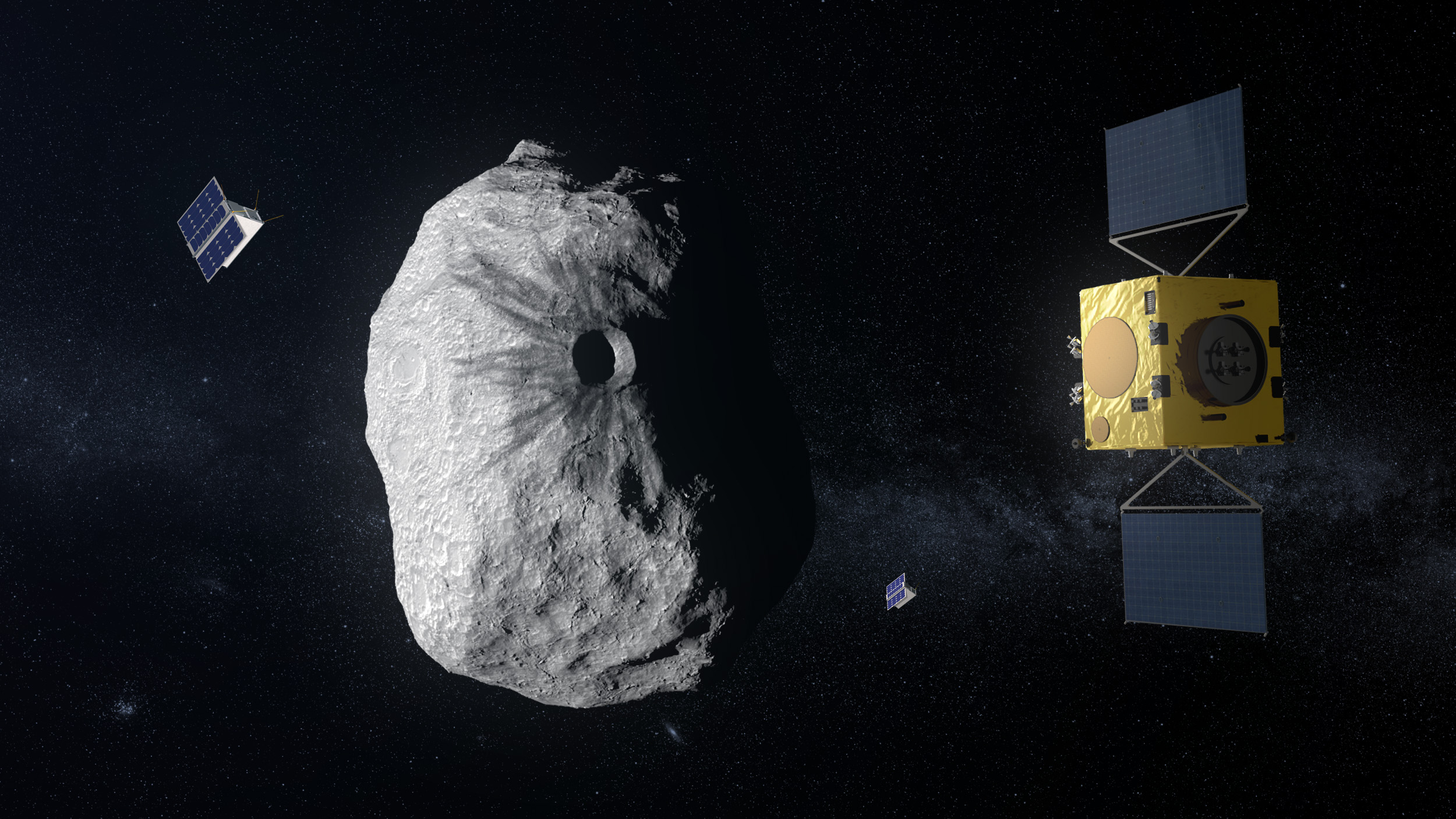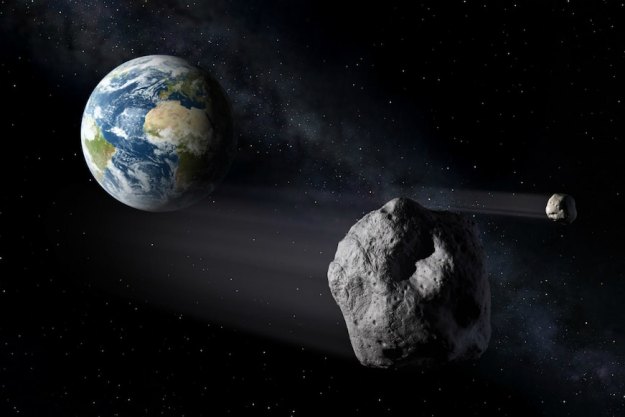In case Earth is ever threatened by an asteroid, we should have a new protector to look out for us — Hera, a self-driving spacecraft developed by the European Space Agency (ESA).
ESA engineers are currently designing Hera and planning its first mission to the Didymos asteroid pair, to be presented to European ministers this November. And now the engineers are working on a way to let the craft maneuver itself in space, similar to an autonomous car.
“If you think self-driving cars are the future on Earth, then Hera is the pioneer of autonomy in deep space,” Paolo Martino, lead systems engineer of ESA’s proposed Hera mission, explained in a statement. “While the mission is designed to be fully operated manually from ground, the new technology will be tested once the core mission objectives are achieved and higher risks can be taken.”
The craft will gather information from nearby objects using sensors, which it will use to build a model of its surroundings. It should then be able to plot a safe course around objects, navigating as close as 200 meters (650 feet) to the surface of asteroids.

“Hera’s most crucial data source will be its Asteroid Framing Camera, combined with inputs from a star-tracker, laser altimeter, thermal infrared camera, plus inertial sensors including accelerometers,” ESA guidance, navigation and control (GNC) engineer Jesus Gil Fernandez said in the same statement.
The eventual aim is for Hera to be able to intercept asteroids like Didymos and gather information about their composition, structure, and how they would behave in the case of a “kinetic impact.” That’s scientist speak for “I wonder what would happen if we crashed this craft into an asteroid really, really fast.” The hope is that such an impact could deflect an asteroid that was threatening Earth by changing its trajectory so that it would move away from the planet.
The Hera craft development is part of the ESA’s Asteroid Impact & Deflection Assessment (AIDA) mission which, just as it sounds, aims to protect Earth from threats from the skies. It’s good to know someone’s watching out for us.
Editors' Recommendations
- NASA’s Mars rover uses its self-driving smarts to navigate toughest route
- A huge asteroid makes close approach to Earth today
- Tesla pulls latest Full Self-Driving beta less than a day after release
- Tesla issues stark warning to drivers using its Full Self-Driving mode
- NASA is designing a space telescope to protect Earth from asteroid impacts



